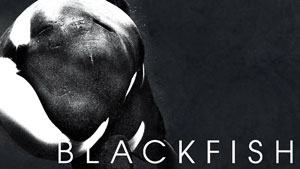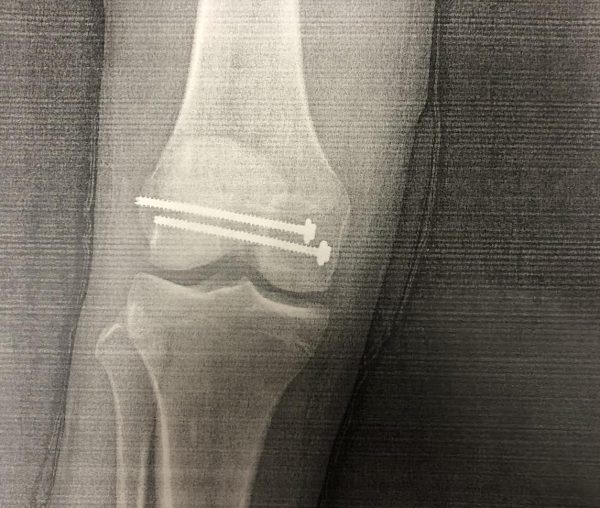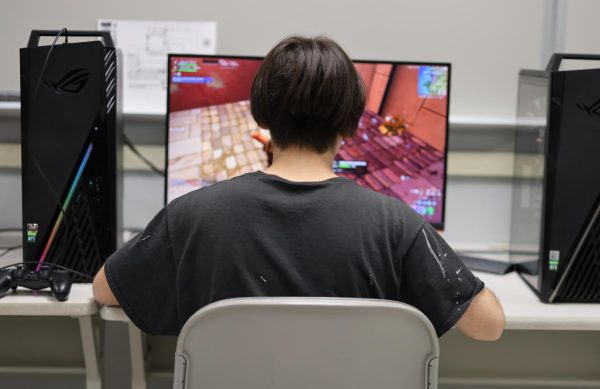When A Family Destination Becomes Not So Family Friendly
Around the world grumblings of the painful conditions of SeaWorld erupted after the hit documentary Blackfish was released. Now, the family-friendly vacation destination is under fire, leaving many questions unanswered and its environment challenged.

SeaWorld: the amazing shows with trained orcas and dolphins flipping through the air and splashing the audience. The strong theme of animal rights and care for the environment is drilled into the heads of visitors by the time they leave the park. Even SeaWorld’s website is plastered with photos of veterinarians caring for their animals. The idea of a aquarium that is centered on care for animals seems too good to be true, which in this case, it is. According to the documentary “Blackfish” the animals at SeaWorld have not been properly taken care of since the opening in 1959. They have constantly stated that the lifespans of their animals are the same as in the wild, the animals act naturally in their enclosures, and that the violence the whales have exerted against the trainers is not due to their treatment or habitat.
According to an interview with Heather Rally, MD, in “SeaWorld Of Hurt,” “All of the whales in the show, including the youngest, had signs of advanced dental trauma, including abnormal wear and tear, some missing teeth, and others that appeared to have had the pulp cavities drilled prevent infection and potential sepsis.”
She was referring to the deterioration of SeaWorld’s orca population. The dental trauma is caused by the extreme boredom that the whales experience in captivity. They will gnaw at the gates and walls of there enclosures and their teeth and heath suffer. That is not the only problem with their whales.
They also have collapsed dorsal fins, irregular swimming patterns, sunburns covering their entire bodies, scratches and gashes all over their bodies from fighting, and aggressive behavior when together. All of these things are rarely found in the wild and are not good for the whales heath. The animals are not just physically hurt, but also mentally.
In 1983, the 2,500 pound, 22 feet long whale named Tilikum was captured near Iceland. The whale had been taken from it’s family and put in a tank too small for a whale of his size to be comfortable in. According to “SeaWorld Of Hurt,” “Some orca pods in the wild have been observed swimming as many as 138 miles in a single day. The tanks at SeaWorld are so small that an orca would have to swim more than 1,200 laps to cover the 100 miles that he or she might have swum in the wild.”
The size of the tanks would be equivalent to a human living in a standard hot tub for their entire life. The whale was also separated from his family at a very young age. Being in a tiny cage away from any other human being would drive anyone crazy, and the same goes for Tilikum. On Feb. 21, 1991, Tilikum finally snapped. A trainer fell into the tiny pool and was tossed around by Tilikum and the two other whales who were in the pool at the time. Tilikum suddenly pulled the trainer down, ultimately drowning her. Tilikum has also killed two other trainers, Daniel P. Dukes in 1999 and Dawn Brancheau in 2010. The kills were examined in “Blackfish” and were blamed on stress put on the whale during performances. Tilikum has been restricted to having no trainers in the pool with him.
These deaths and reactions by animals in confinement could have been stopped with proper care for the whales. Groups like SeaWorld Of Hurt and PETA view the way that SeaWorld handles and cares for their whales and other animals is unacceptable and not conducive for family trips. Both made it their mission to help prevent these behaviors at SeaWorld and other parks around the world.











